ChunkyCushionLover
Ideal_Rock
- Joined
- Jun 21, 2009
- Messages
- 2,463
Karl_K said:The diamond will be cut as dictated by the rough.ChunkyCushionLover said:43.9 takes a large hit in yield which is why most are cut in the 50% area.
Can you explain how you know it takes a hit in yield? Intuitively If inside stone(spotted outline) were cut with steeper pavilion angles more rough would be retained. (Assume black outline is rough not already faceted). Top example.
But the opposite would also be true if the rough were more shallow (bottom example) wouldn't it?
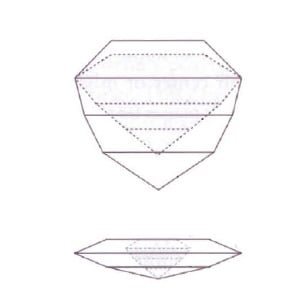
If the rough is shallow then the stone will be cut shallower.
If the rough will allow it and it does much of the time a deeper pavilion would be cut to keep the weight.
Yeah thats all fine and pretty intuitive, but what shape of rough is chosen for marquise usually?
Have pictures or diagrams?

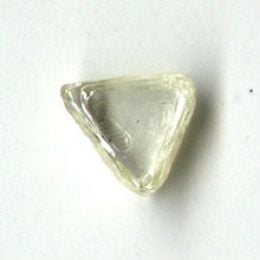
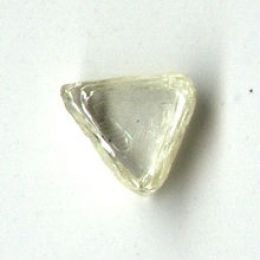
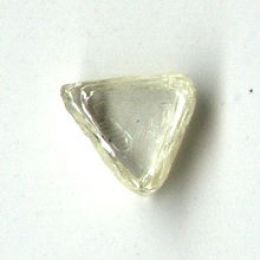
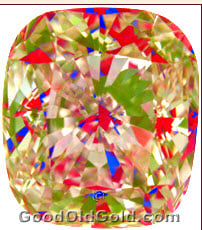
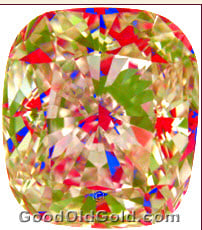
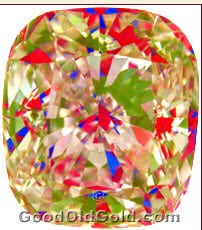
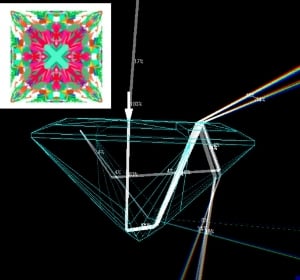
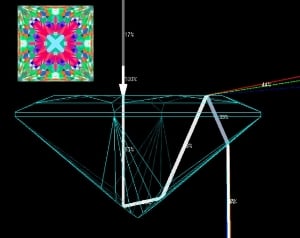
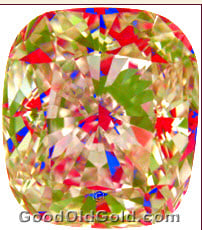
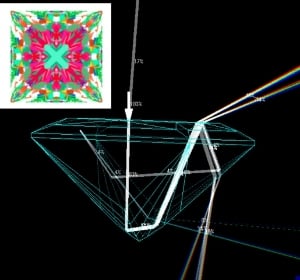
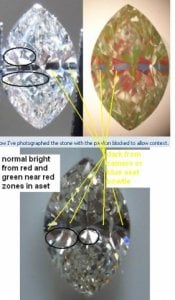
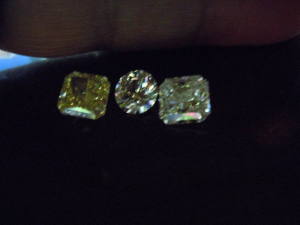
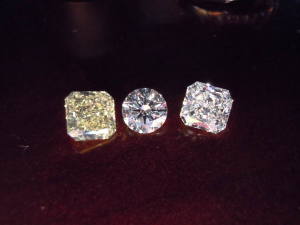
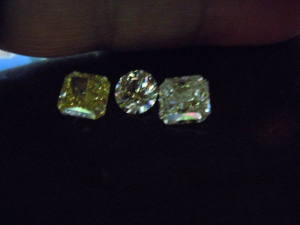
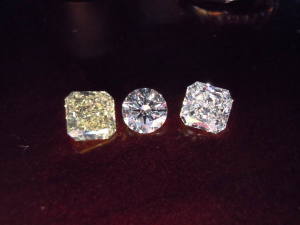


300x240.png)